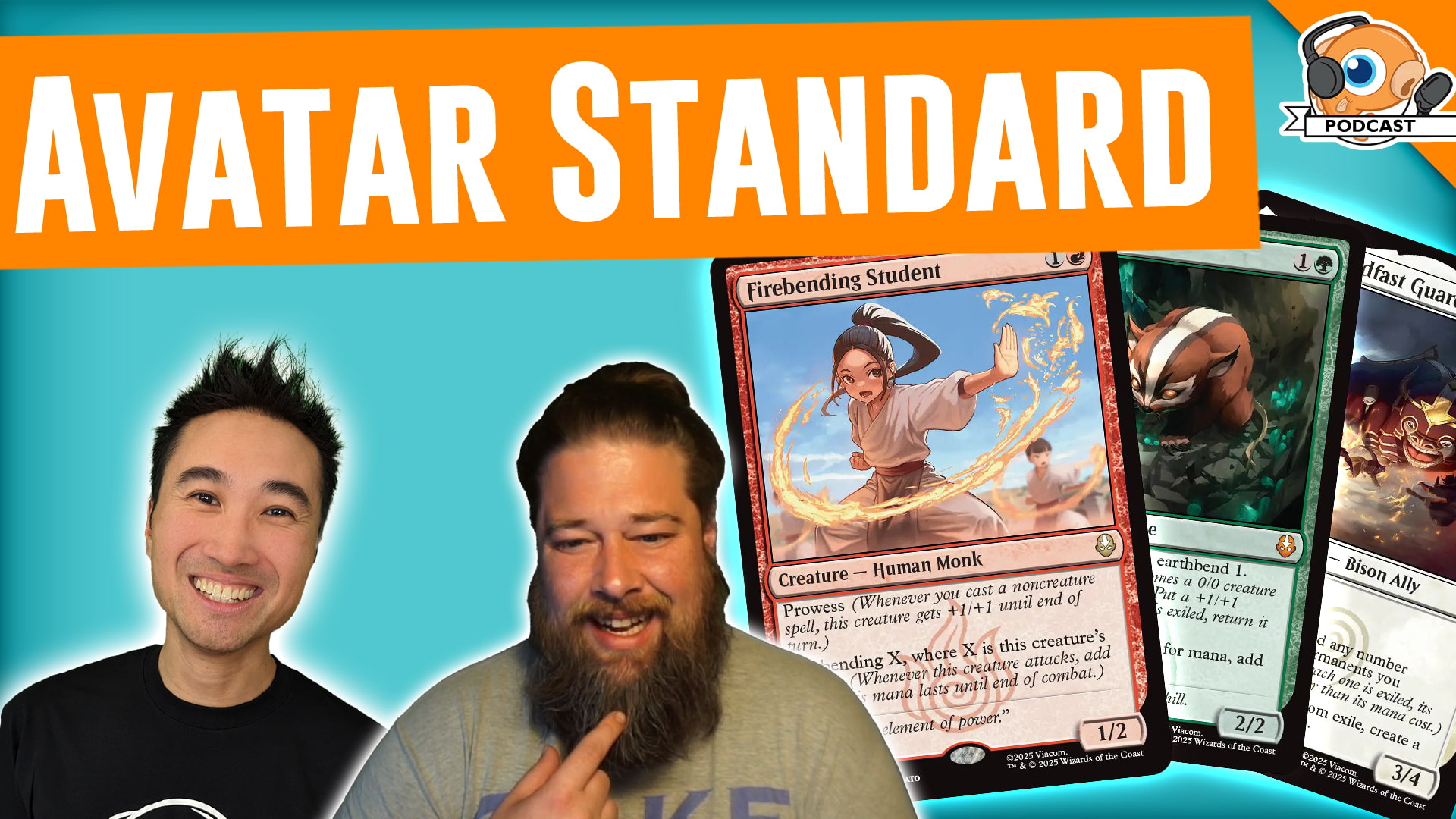Brewer's Minute: All In Energy
Hey everyone, it's time for another Brewer's Minute. This week we are looking at a deck which recently came in second at a Magic League tournament featuring Kaladesh Standard: All In Energy. This deck gives us the opportunity to talk about a couple of different things. First, energy itself and the potential of the new resource system in Standard. Second, the difference between synergy-based and power-based decks!
Don't forget, if you enjoy the series (and haven't already) make sure to subscribe to the MTGGoldfish Youtube Channel!

Today we're using a deck that recently came in second at a Magic League (and unofficial online tournament series) event feature Kaladesh Standard. The deck gives us an opportunity to talk about two things: energy in Standard, and the difference between power-based and synergy-based decks.
Power-based decks are looking to get ahead of their opponent by better cards at nearly every point on the curve. Your one-drop beats your opponent's one-drop, your two-drop is better than your opponent's two-drop, your three-drop beats your opponent's three-drop, and so fourth. The idea is, by playing cards that are slightly more powerful and efficient than your opponent's every turn, you build up a large enough advantage to swing the game in your favor over time. Maybe the best example of a power-based deck is Modern Jund, which just looks to play the best and most efficient creatures and removal at every point on the curve.
On the other hand, synergy-based decks often play a lot of bad cards. A great example of a synergy-based deck is Modern Storm. Desperate Ritual is not a good card; it's almost certainly less powerful than your opponent's Tarmogoyf or Dark Confidant. The same is true about most cards in the Storm deck if you evaluate them in a vacuum. But that's fine, because synergy-based decks aren't built around slowly gaining incremental advantage by besting the opponent's play every turn. Instead, you're playing bad cards that work towards one big payoff (for Storm, often Grapeshot or Empty the Warrens), which allow you to make up for all the bad cards you've been playing throughout the game.
All In Energy provides a great example of a synergy-based deck in Standard. Nearly all of the cards in the deck are bad. In fact, they are very similar to Desperate Ritual, but instead of adding one additional mana, they are adding one more energy than their mana cost. Your one-drops, while horrible, produce two energy, and your two-drops, which are mostly unplayable, produce three energy. While your opponent is playing good cards like Sylvan Advocate and Duskwatch Recruiter, you are playing 0/3's and Lay of the Land.
The question is, how good is the payoff for playing these bad cards? All In Energy is built such that it will consistently have at least six energy on turn four, which allows it to dump all of the energy into Aetherworks Marvel and then cast an Emrakul, the Promised End or Ulamog, the Ceaseless Hunger from the top six cards of your deck. Getting an Eldrazi Titan on turn four should more than make up for the fact that your one-, two-, and three-drops were worse than your opponents. You gain back all of that advantage you were giving up over the course of the game, and then some.
When you sit down to build a deck, figure out the goal of your deck and build accordingly. What you are looking to avoid is what I call the "infect problem." If you ever drafted Scars of Mirrodin block, you'll know that the infect deck was by far the best deck in the format. The deck was so good that there were often multiple players trying to draft infect cards in the same draft pod. When there were too many players drafting infect, what would happen is that everyone would end up with decks that contained half infect creatures and half normal creatures, and games would play out where you'd get five poison counters on the opponent, and also deal them 10 damage—essentially trying to kill them twice. When this happened, it was usually another, less powerful archetype that would sneak in and win the pod.
You don't want to be half synergy and half power; this isn't to say you ignore synergies between cards, but in a broad sense you don't want to be playing Tarmogoyf in your Storm deck or Empty the Warrens in your Jund deck. If you are building around power, try to play the most efficient cards you can, at every spot on the curve and don't spend too much time worrying about synergy. Sure, your Jund deck gets your opponent empty handed pretty easily, but that doesn't mean you want Asylum Visitor over Dark Confidant. On the other hand, if you are building around synergy, put on the blinders and go all in on maximizing the power, potential, and consistency of your synergy. Don't be the bad infect deck that tries to kill your opponent in multiple ways!
Conclusion
Anyway, that's all for today. As always, leave your thoughts, ideas, opinions and suggestion in the comments, and you can reach me on Twitter @SaffronOlive, or at SaffronOlive@MTGGoldfish.com!













